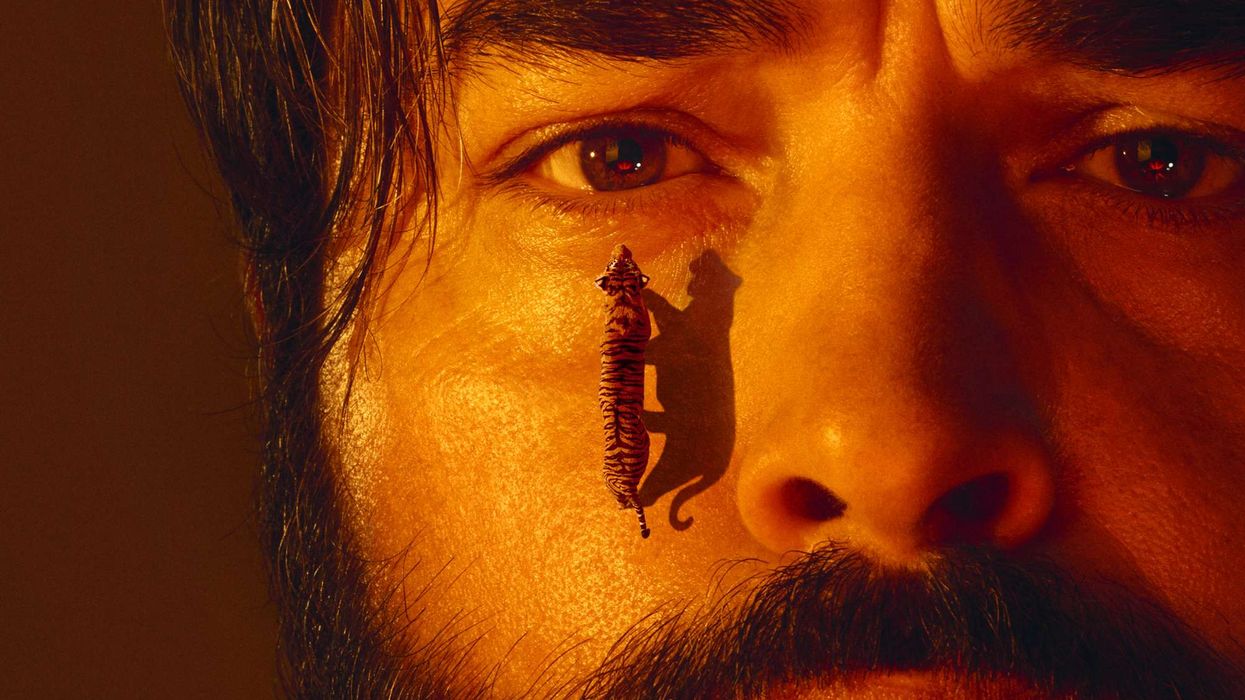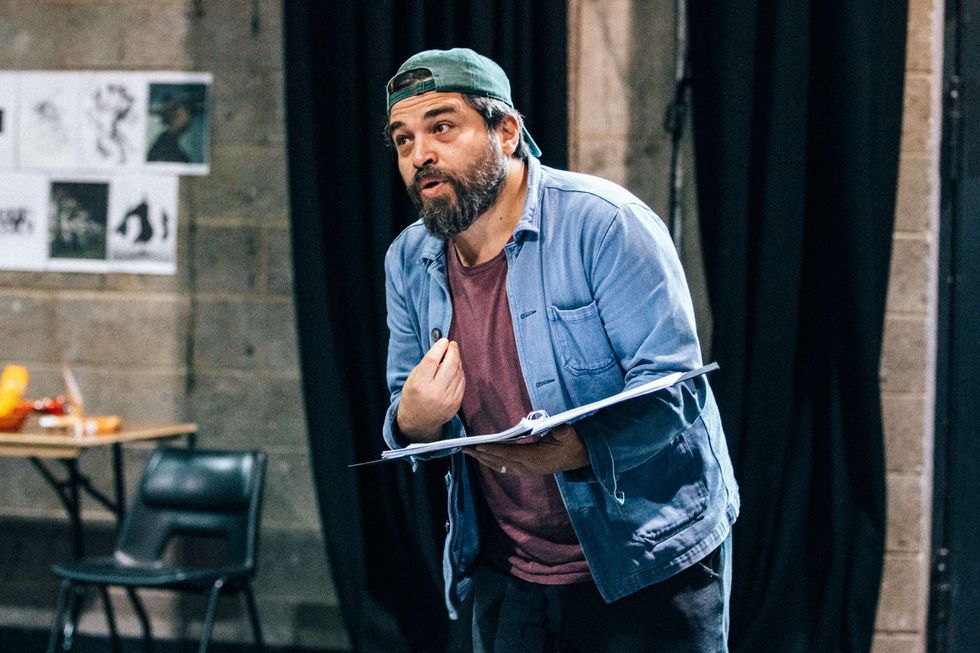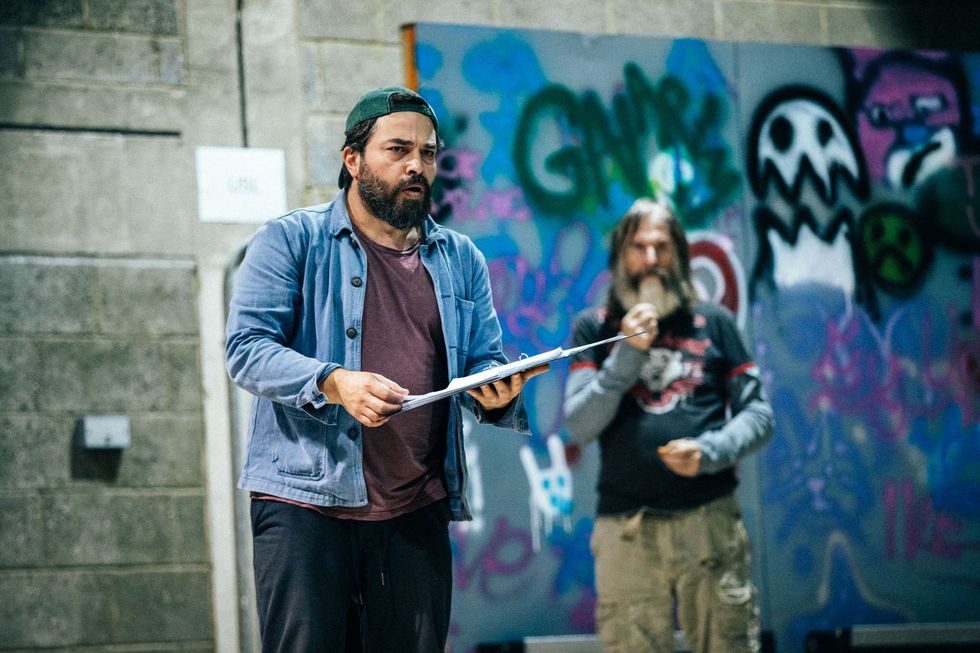ANIMALS FROM REAL AND WIZARDING WORLDS ON DISPLAY IN FANTASTIC BEASTS EXHIBITION
by AMIT ROY
IN INDIA, some politicians are ridiculed for mixing up fact and fiction – they claim that the Hindu epics anticipated flying machines by thousands of years and the god Ganesh is proof of transplant surgery.
But perhaps the Natural History Museum in London has come up with an innovative solution – to have an exhibition where myth and reality are displayed side by side, both clearly labelled.
Depictions of supersonic chariots from the epics could be shown alongside models of Rafale fighter aircraft India is buying from France, or an idol of Ganesh alongside the latest techniques in transplant surgery.
On any day of the week, long queues of school children can be seen going into the Natural History Museum, but from the spring, they will be able to see an unusual exhibition that displays “fantastic beasts” from the world of JK Rowling alongside equally amazing specimens from real life.
In the exhibition, Fantastic Beasts: The Wonder of Nature, which will open in London before going on international tour – India is not ruled out – children will be able to see an Erumpent horn, for example.
This has been carried carefully into the museum by Roberto Portela Miguez and Efstratia Verveniotou, two scientists at the museum.
For those familiar with wizardry and the wisdom of magizoologist Newt Scamander, who made his first appearance in Fantastic Beasts and Where to Find Them, “the Erumpent is a large grey African beast of great power from the wizarding world. Weighing up to a tonne, the Erumpent may be mistaken for a rhinoceros at a distance.”
“Visitors will see creatures, specimens and artefacts from the museum’s world-leading scientific collection displayed side by side with elements from the wizarding world – which will be immediately recognisable to fans of Rowling’s Harry Potter and Fantastic Beasts stories and the film series of the same names,” a museum statement said.
But won’t the children get a bit confused by this mixing of myth and reality?
Fear not, was the reassurance from a museum spokesman. He told Eastern Eye: “As a scientific institution, the museum will be presenting the facts that are associated with the real-world animals that will be on display in this exhibition alongside the fantastic beasts of the wizarding world and mythical animals. This exhibition will inspire a greater connection with all creatures, real and magical.”
There was an upbeat comment, too, from Stephen Fry, who will present an hour-long documentary commissioned by the BBC Studios Natural History Unit.
Fry, who narrated the Harry Potter audio books, said: “I could not be more delighted to be part of this magnificent opportunity for us Muggles to show the wizarding world that the fantastic beasts in our world are more than a match for theirs.”
Clare Matterson, executive director of engagement at the museum, explained the seriousness of the project. “Bringing characters from the wizarding world together with some of the most fantastic creatures from the natural world will produce a captivating experience that will show how the natural world has inspired legends and stories that have enthralled generations,” she said.
“A spectacular celebration of science and nature packed full of surprises and mesmeric experiences, it will be impossible to leave without wanting to learn more about the wonders of our planet and how we can all better protect it.”
There is a third partner in the exhibition. Josh Berger, president and managing director of Warner Bros Entertainment UK, and president, Harry Potter Global Franchise Development, said: “I hope both fans of the wizarding world and the natural world will enjoy the exhibition and documentary immensely.”
“In the museum’s breathtaking Waterhouse Gallery, viewers will encounter legendary beasts next to dazzling specimens and historic objects from the world-leading scientific collection,” it was also announced.
“Spellbinding digital installations and iconic wizarding world elements from the Fantastic Beasts film series will add an extra touch of magic.
“For the first time, visitors will see a tiger and a Galápagos marine iguana alongside wizarding world specimens, including an Erumpent horn and the dragon skull from Professor Lupin’s classroom.”





 Ammar says the play’s script itself served as a compass in navigating Musa’s divided psycheIsha Shah
Ammar says the play’s script itself served as a compass in navigating Musa’s divided psycheIsha Shah Bengal Tiger at the Baghdad Zoo runs at the Young Vic Theatre in London from December 2 – 31 January 31 2026Isha Shah
Bengal Tiger at the Baghdad Zoo runs at the Young Vic Theatre in London from December 2 – 31 January 31 2026Isha Shah






